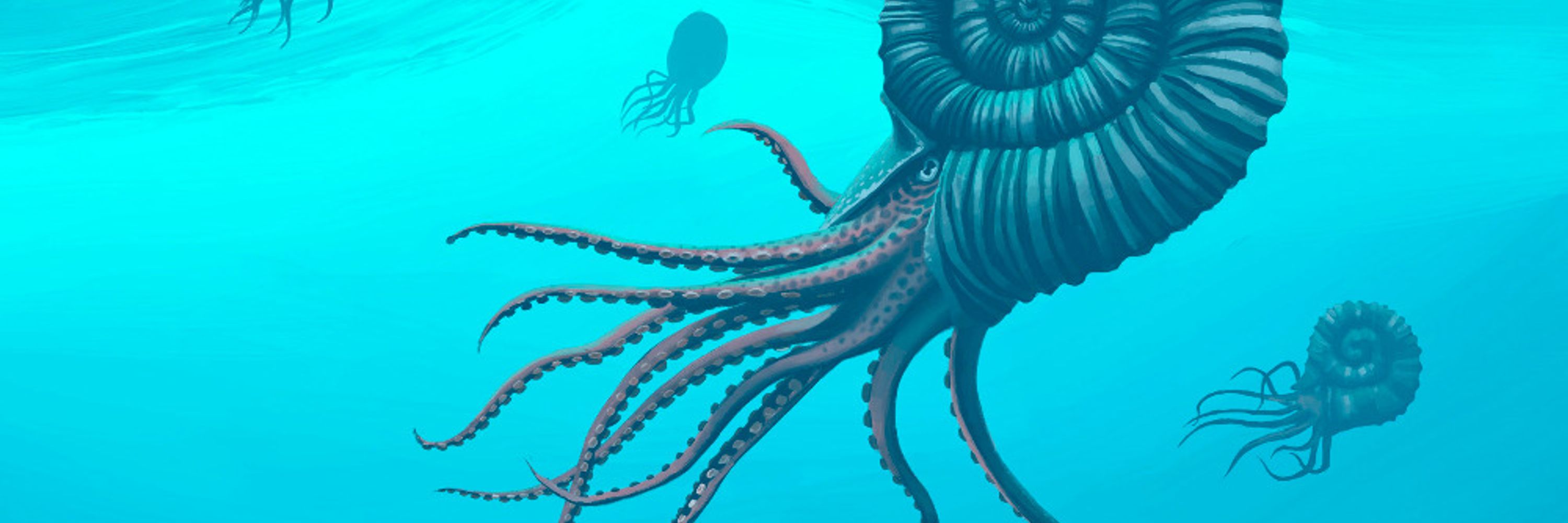
Antonio Camargo
@apcamargo.bsky.social
That's nice to hear :) Feel free to provide any feedback
November 8, 2025 at 3:51 PM
That's nice to hear :) Feel free to provide any feedback
Thanks, @acritschristoph.bsky.social!
November 7, 2025 at 12:45 PM
Thanks, @acritschristoph.bsky.social!
This project came together thanks to many amazing people (see tweet below for handles). A special thanks to Stephen Nayfach, who kicked off UHGV and helped guide it all the way through.
November 6, 2025 at 5:46 PM
This project came together thanks to many amazing people (see tweet below for handles). A special thanks to Stephen Nayfach, who kicked off UHGV and helped guide it all the way through.
To facilitate adoption by the community, we provide online tools to allow users to explore UHGV in the browser. If you don't mind using the command line, we also provide all of the data for download :)
🌐 uhgv.jgi.doe.gov (8/8)
🌐 uhgv.jgi.doe.gov (8/8)
UHGV
A comprehensive resource of viruses from the human gut microbiome that includes thoroughly annotated genomes, protein structures, and a novel hierarchical classification system that systematically org...
uhgv.jgi.doe.gov
November 6, 2025 at 5:26 PM
To facilitate adoption by the community, we provide online tools to allow users to explore UHGV in the browser. If you don't mind using the command line, we also provide all of the data for download :)
🌐 uhgv.jgi.doe.gov (8/8)
🌐 uhgv.jgi.doe.gov (8/8)
Taking advantage of the genomic diversity in UHGV, we used comparative genomics to examine in detail diversity-generating retroelements, methyltransferases, and endolysins, proposing mechanisms by which these functions enhance a phage’s capacity to infect new hosts. (7/8)

November 6, 2025 at 5:26 PM
Taking advantage of the genomic diversity in UHGV, we used comparative genomics to examine in detail diversity-generating retroelements, methyltransferases, and endolysins, proposing mechanisms by which these functions enhance a phage’s capacity to infect new hosts. (7/8)
We then examined the genetic factors underlying broader host range and found that functions involved in phage-host interactions across multiple stages of the infection cycle shape a phage's ability to switch hosts. (6/8)

November 6, 2025 at 5:26 PM
We then examined the genetic factors underlying broader host range and found that functions involved in phage-host interactions across multiple stages of the infection cycle shape a phage's ability to switch hosts. (6/8)
Using UHGV, we profiled thousands of human gut metagenomes and identified a subset of hyperprevalent phages found around the globe. Leveraging host prediction data, we found that these phages have markedly higher host ranges. (5/8)

November 6, 2025 at 5:26 PM
Using UHGV, we profiled thousands of human gut metagenomes and identified a subset of hyperprevalent phages found around the globe. Leveraging host prediction data, we found that these phages have markedly higher host ranges. (5/8)
Another key challenge in virome research is that most viruses lack taxonomic classification, leading to ad hoc approaches that hinder cross-study comparisons. To address this, we developed a taxonomy-like framework and a tool for assigning user's genomes to UHGV clusters. (4/8)

November 6, 2025 at 5:26 PM
Another key challenge in virome research is that most viruses lack taxonomic classification, leading to ad hoc approaches that hinder cross-study comparisons. To address this, we developed a taxonomy-like framework and a tool for assigning user's genomes to UHGV clusters. (4/8)
Viral proteins are difficult to annotate, making it hard to infer their biology from genomes. We developed a pipeline that integrates sequence- and structure-based methods to improve functional annotation and reveal novel protein domains. (3/8)

November 6, 2025 at 5:26 PM
Viral proteins are difficult to annotate, making it hard to infer their biology from genomes. We developed a pipeline that integrates sequence- and structure-based methods to improve functional annotation and reveal novel protein domains. (3/8)
The Unified Human Gastrointestinal Virome (UHGV) includes 873,994 viral genomes recovered from the microbiomes of globally diverse populations. Its scale and genome quality make UHGV a valuable reference for future studies of human gut viromes worldwide. (2/8)
November 6, 2025 at 5:26 PM
The Unified Human Gastrointestinal Virome (UHGV) includes 873,994 viral genomes recovered from the microbiomes of globally diverse populations. Its scale and genome quality make UHGV a valuable reference for future studies of human gut viromes worldwide. (2/8)
The old internet was a better place
November 3, 2025 at 10:33 PM
The old internet was a better place
Amazing work! Congratulations, @benjwoodcroft.bsky.social!
July 17, 2025 at 3:11 AM
Amazing work! Congratulations, @benjwoodcroft.bsky.social!
July 2, 2025 at 5:58 PM
I came across their work by chance too but never really checked out the library. I'm building a Python library for internal use and evaluating backends. I'll probably go with Needletail because PyO3 makes things really easy
June 25, 2025 at 1:46 PM
I came across their work by chance too but never really checked out the library. I'm building a Python library for internal use and evaluating backends. I'll probably go with Needletail because PyO3 makes things really easy
Interesting. Did you found it to be substantially faster than needletail?
June 25, 2025 at 2:41 AM
Interesting. Did you found it to be substantially faster than needletail?
HMMER. It's everywhere in bioinformatics, not particularly fast, and its development was recently put on hold. It's kind of wild that we still don't have a solid alternative for HMM-to-protein alignment or searching.
June 21, 2025 at 12:21 PM
HMMER. It's everywhere in bioinformatics, not particularly fast, and its development was recently put on hold. It's kind of wild that we still don't have a solid alternative for HMM-to-protein alignment or searching.

